2 November 2021
Madagascar's useful and weedy Digitaria grasses
Kew Madagascar researchers have been undertaking fieldwork to build up our understanding of grasses to benefit local smallholder farmers.

Grasslands are incredibly important. They act as carbon sinks and provide food and water.
In Madagascar, they are a vital component, covering around 65% of the island.
Shaped by animals and fire over millions of years, they support the livelihoods of millions and the national economy, providing building materials and food for people and cattle.
Kew has been working on the grasses of Madagascar for over ten years, building a solid understanding of the country’s grassy ecosystems and aiding conservation planning.
There are an estimated 541 species of grasses found in Madagascar and in our newest project launched earlier this year, we have been focussing on Digitaria species.
This genus contains species that can be nutritious forage plants, while others are noxious weeds.
Proper management of Digitaria species can improve the productivity and resilience of local smallholder farmers and help to reduce poverty.
However, being able to distinguish between species is vital and, currently, we lack data on this genus with superficially similar inflorescences.
Over the last few months, we have been carrying out fieldwork to build up our knowledge of Digitaria species and the ethnobotany of Malagasy grasses.
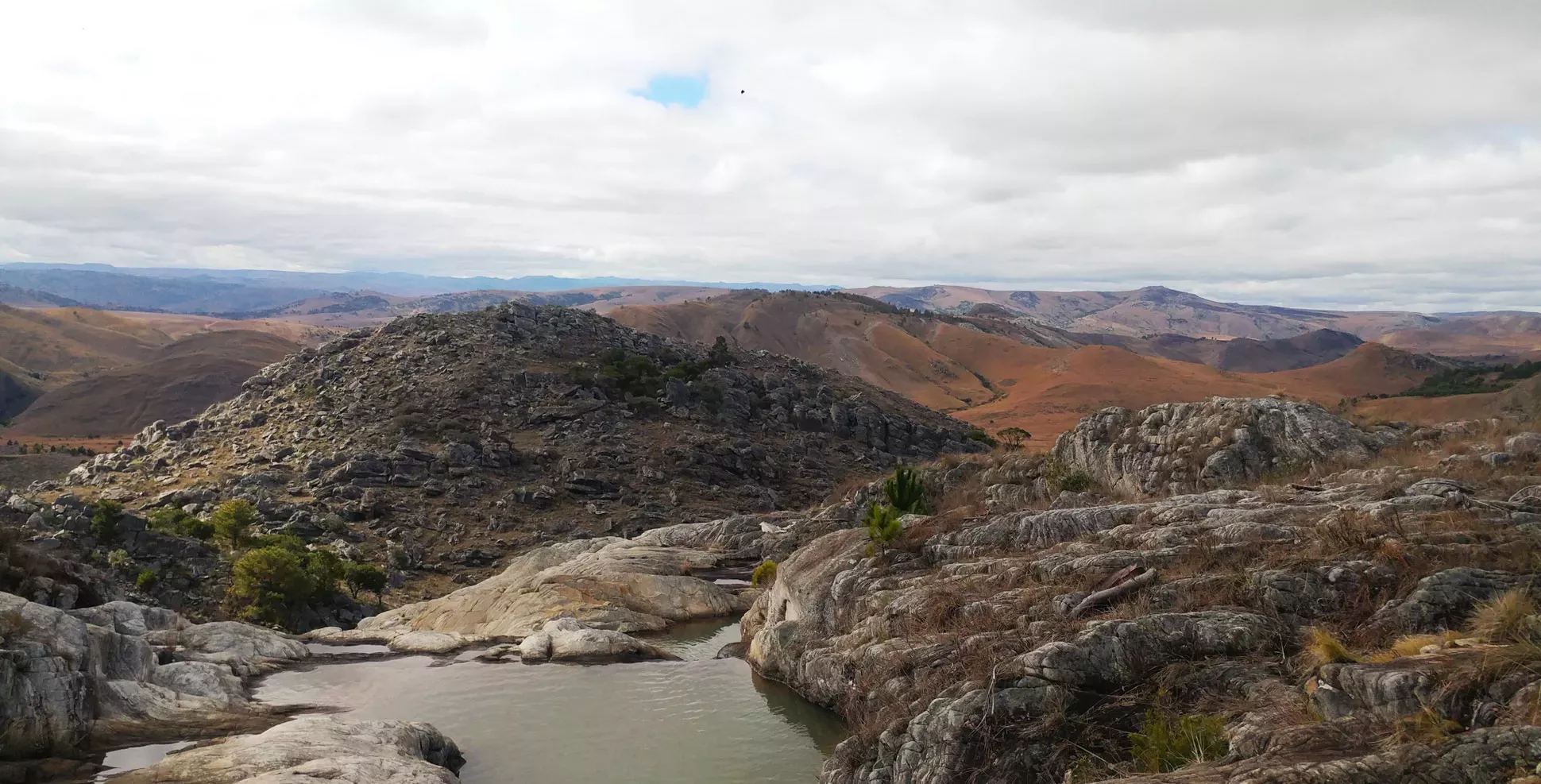
First trip: Itremo
Itremo in the central highlands of Madagascar is a huge and amazing place.
Wide grassy plains are interspersed by rocky outcrops made of quartzite, marble and mica-schist.
The area is protected and managed by the Kew Madagascar Conservation Centre.
Back in June this year, we undertook our first fieldwork, visiting four villages in Itremo and venturing along the only road into the area, which is so rough in some areas it requires extra pieces of wood to be laid down for a vehicle.
We went to the Itremo, Ihazofotsy, Ifasina and Amboropotsy villages to interview the Betsileo, the Malagasy people who live in the central highlands and who are some of the best farmers in Madagascar.
We interviewed men and women, young and old, about the grasses that grow in their cultivation, using photos and specimens to avoid misunderstandings.
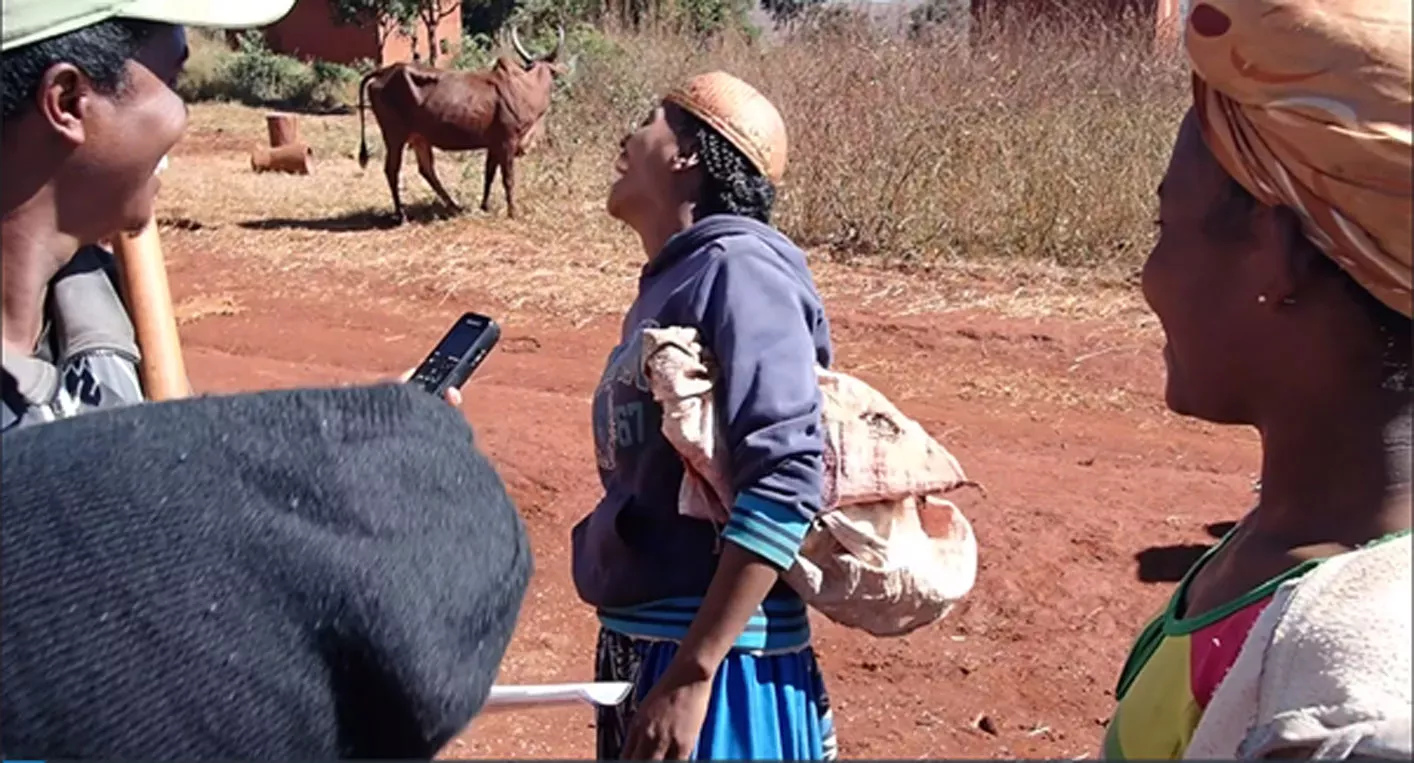

We found the perceptions of grasses vary from village to village, but in general they could be divided into three groups.
The first are grasses that dry out soils and disrupt development of crops, of which Digitaria longiflora is the most common.
Ischaemum rugosum is the worst for rice fields and is locally called ‘maha-banky’ meaning ‘bankrupt weed’ as it lowers rice yields until the landowner goes bankrupt.
Second are grasses that are advantageous for cultivation as they maintain and fertilize soils and can be used as compost when weeded, for example Hyparrhenia rufa.
Third is a set of species used as forage and traditional treatments - like Loudetia simplex and some Digitaria species.
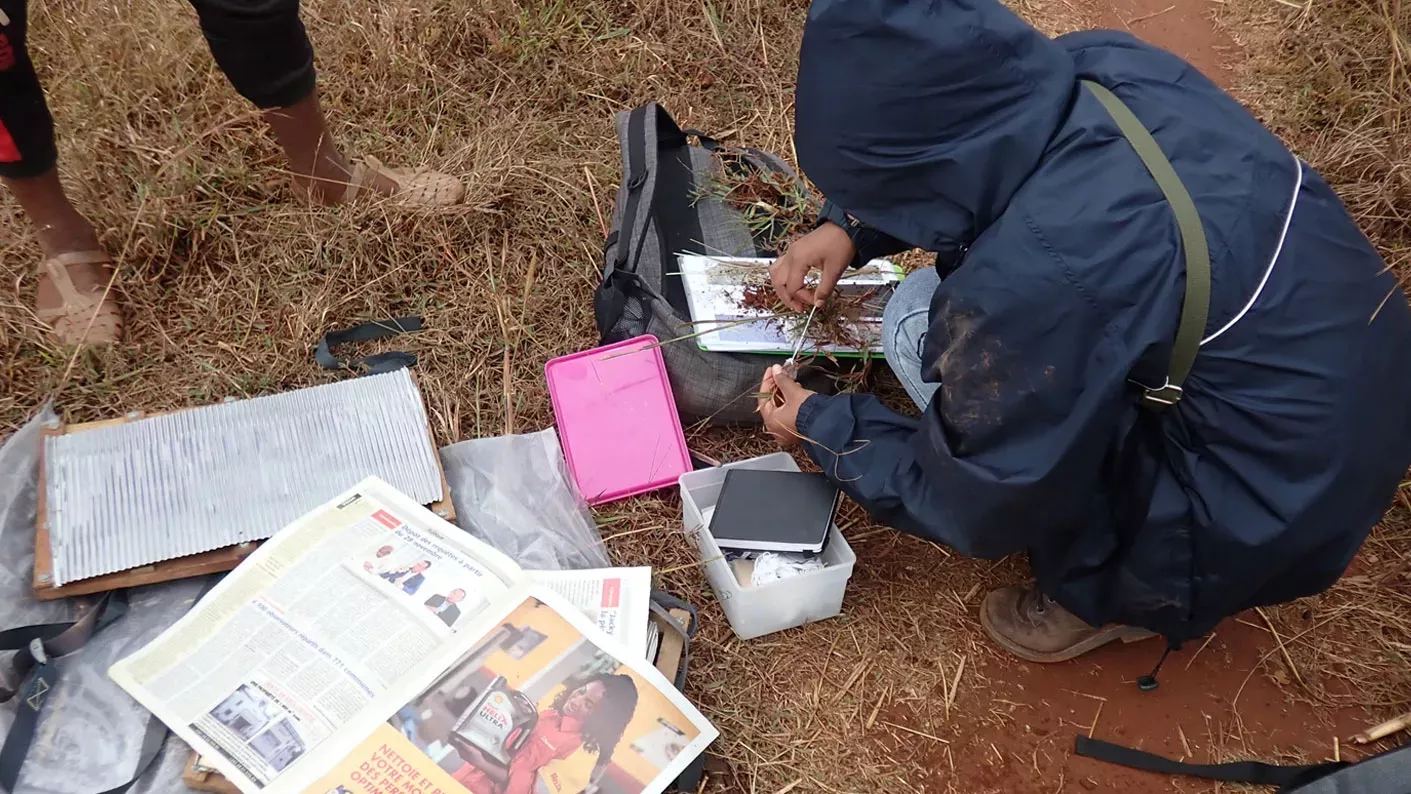
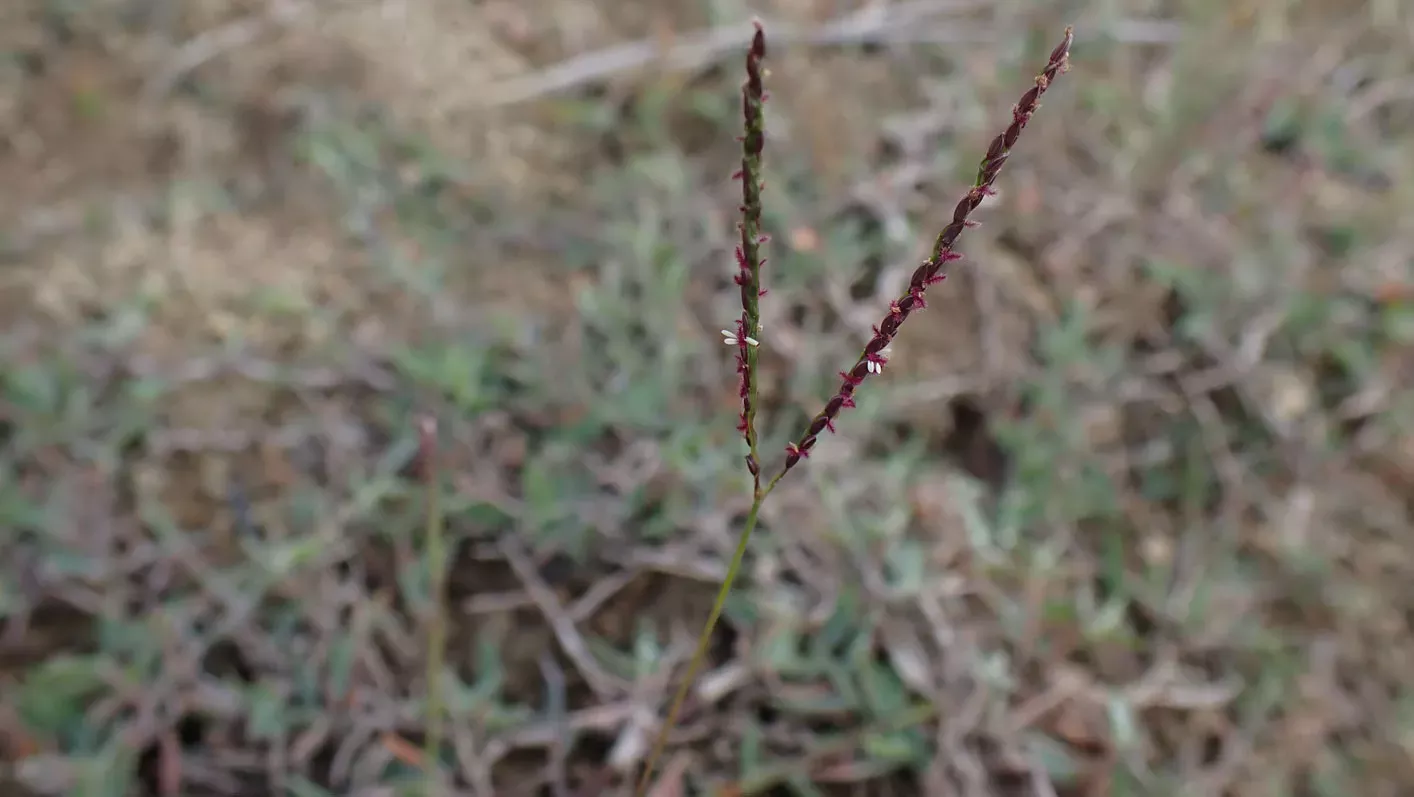
Second trip: Ambohidray
In August, we visited Ambohidray, an area not too far from Madagascar’s capital Antananarivo.
The forest, situated to the east of the village, is highly biodiverse and is a protected area managed by the University of Antananarivo.
The soil is ferralitic, meaning it is weathered and rich in iron.
The main crops grown here are irrigated or lowland rice in the peripheral valleys, and rainfed crops located around the village (cassava, maize, bean and legumes).
We again interviewed local people, including farmers, to learn the local names of the main species, their behaviour, effects on crops, and how they manage weeds.
We found, in general, that farmers had a good understanding of the damage caused by weeds to crops and the importance of weed control in agricultural work.
However, they have difficulty in distinguishing which are grasses (members of the family Poaceae) and which are not because for them the concept of "ahitra" or "bozaka" includes all herbaceous plants.
The grasses mentioned most frequently are those which are the most common, useful, or evidently harmful to cultivation.
For Digitaria, annual species seem to be poorly known to most of the farmers: these species seem to be localized and mixed with other species in Ambohidray.
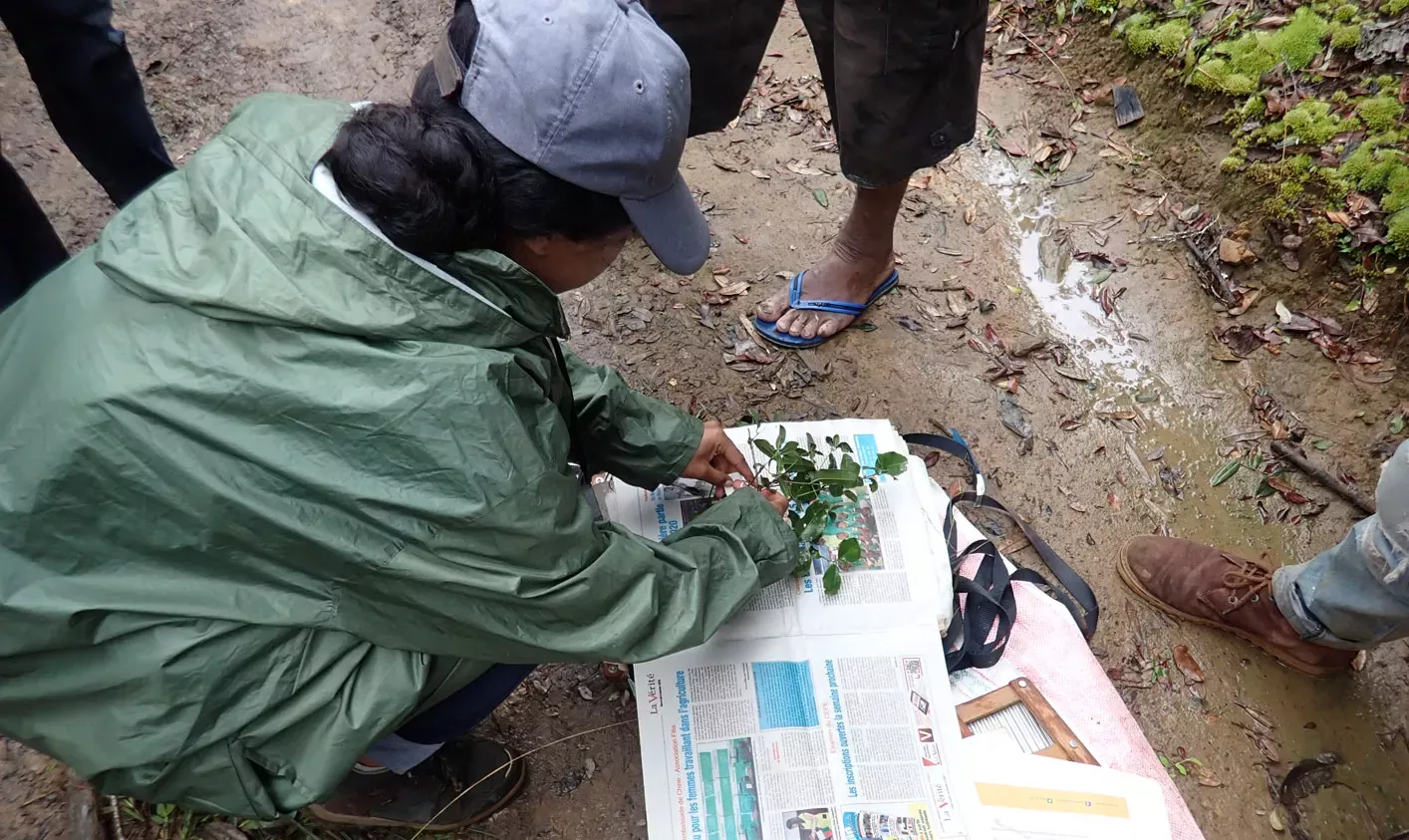
Farmers generally attribute different names to different species and names are usually based on the behaviour, morphological features, or use of the plants, although a name can refer to one or many species at the same time.
For example, the grasses Cynodon dactylon, Digitaria humbertii, Panicum luridum and Brachiaria umbellatum are all known by the name “Fandrotrarana”, from ‘’fandrotra’’ which can mean a girdle or belt, indicating their spreading, binding habit.
Rhamphicarpa fistulosa (Orobanchaceae), a weed that attacks rice fields, damaging soil and drying out the rice until it’s easily flammable, is locally known as ‘Angamay’ from ‘angatra’, meaning evil power and ‘may’, meaning that burns and causes burns.
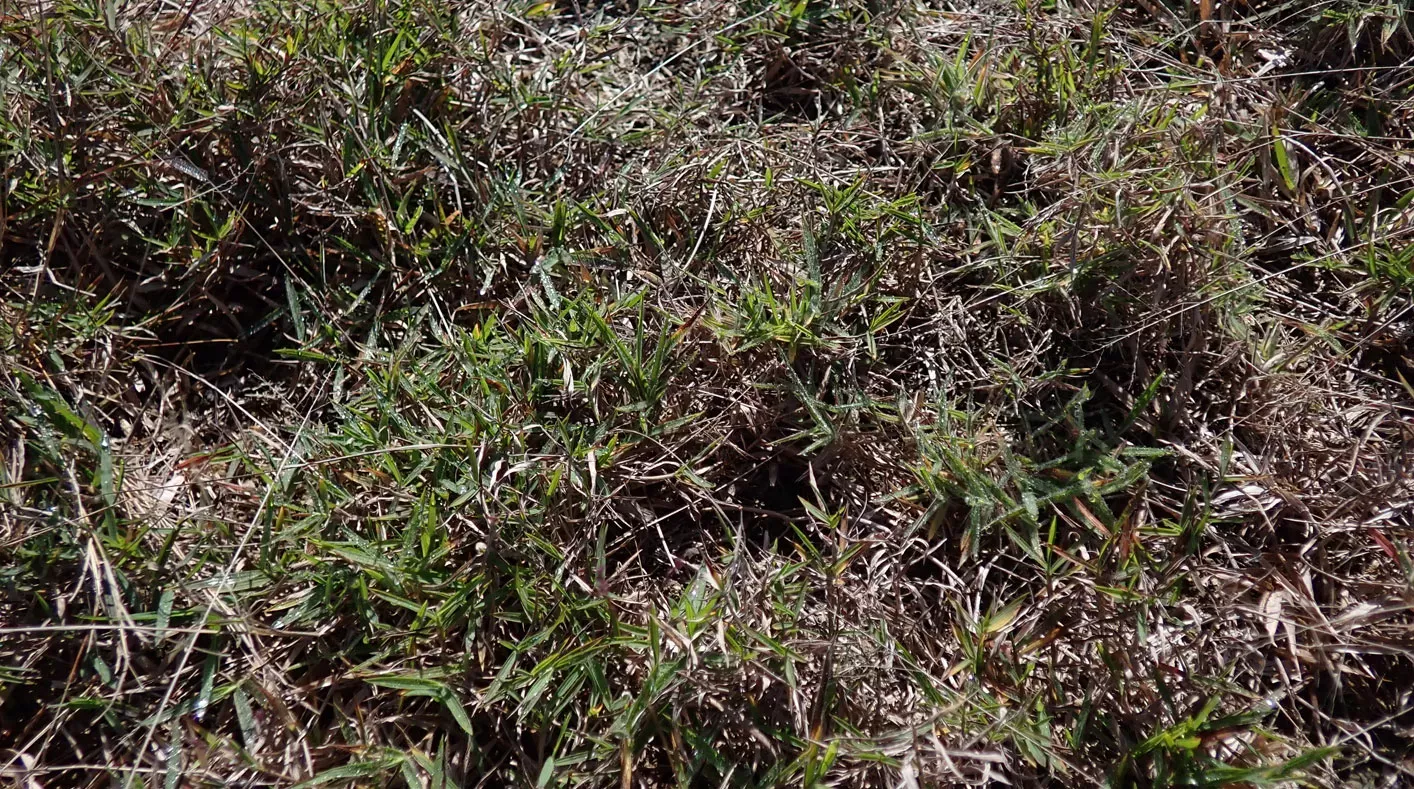
The main aim of this project is to accurately identify the Malagasy species of Digitaria so smallholders are able to apply the most efficient methods of weed control.
Different weeds control methods are currently used by local farmers depending on their financial capacity and the availability of equipment.
They practice either manual weeding, or a combination of manual weeding with a rotary hoe or herbicides.
To avoid troublesome species, they also practice early ploughing known as “tombamboroka” before the rainy season and before the plants produce seed, to eradicate the rhizomatous species before sowing crops.
In some cases, farmers have found that planting sweet potatoes before other crops can control weeds such as Imperata cylindrica, effectively by out-competing them.
We also heard of some benefits of weeds, if they are controlled.
Some are used as fodder or compost, and some species have have medicinal uses, for example, Cynodon dactylon, is locally used as a diuretic and to treat sprains.
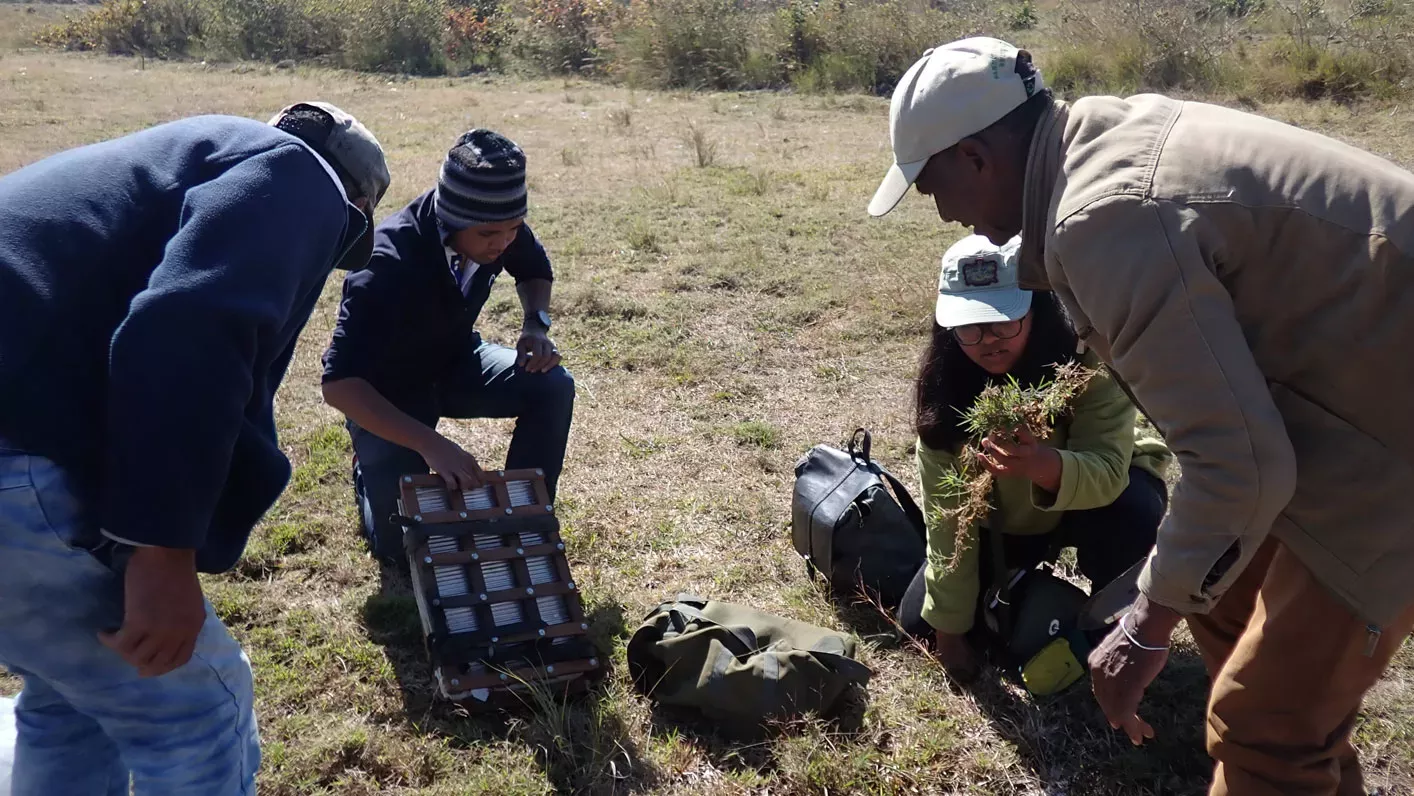
While this is just the start of our fieldwork, by carrying out interviews and undertaking flora inventories we have already significantly boosted our understanding of Digitaria species and other weeds, as well as adding over 100 new specimens to the herbarium collections in Madagascar.
The local farmers that we interviewed are hopeful that the outcomes of our research will bring major economic improvements to their areas.
Acknowledgments
Thanks to funding from GCRF Royal Society International Collaboration Award 2020.
With thanks to the people of Itremo, Ihazofotsy, Ifasina, Amboropotsy and Ambohidray for their assistance, and our colleagues in KMCC, the University of Antananarivo and FOFIFA (The National Center for Applied Research on Rural Development).




